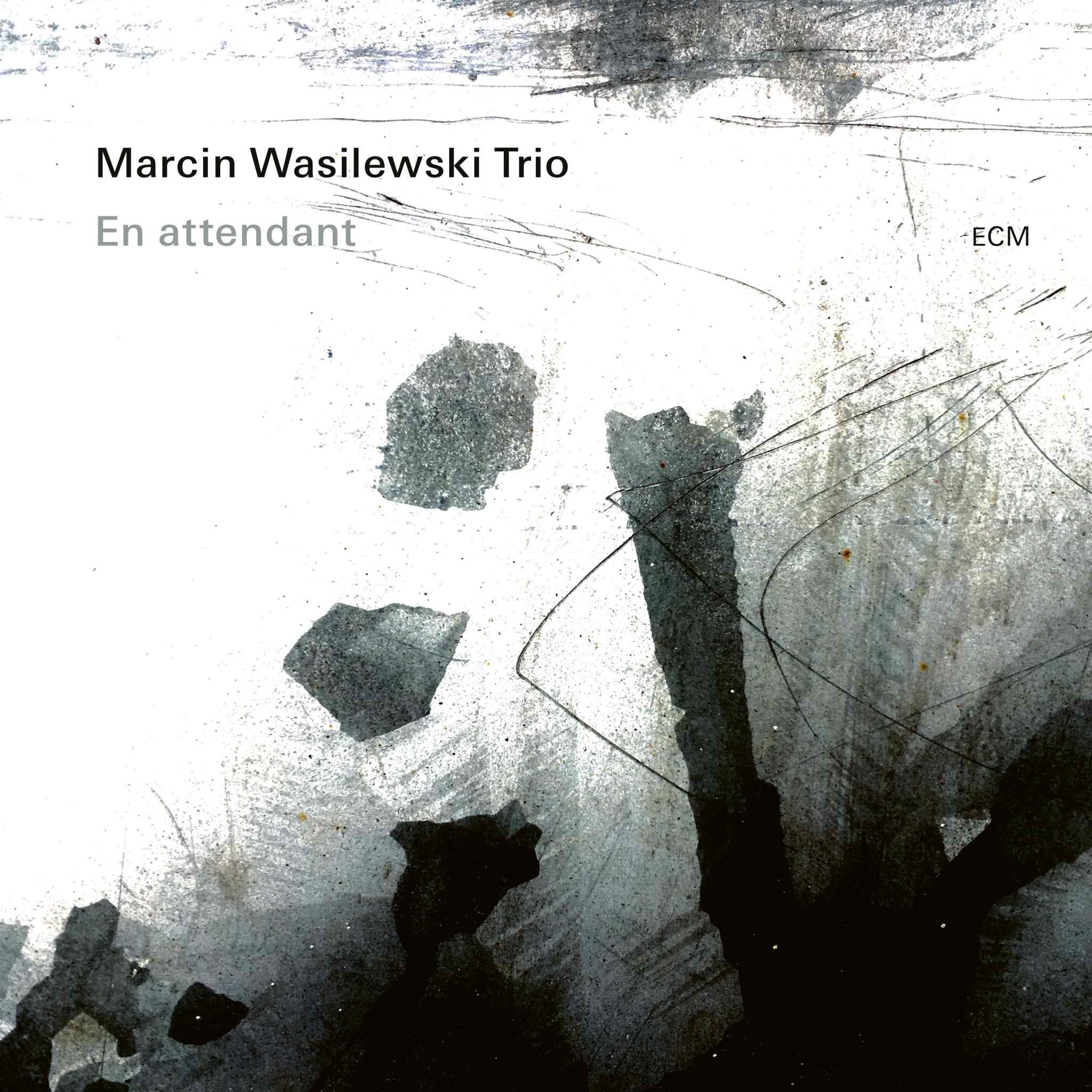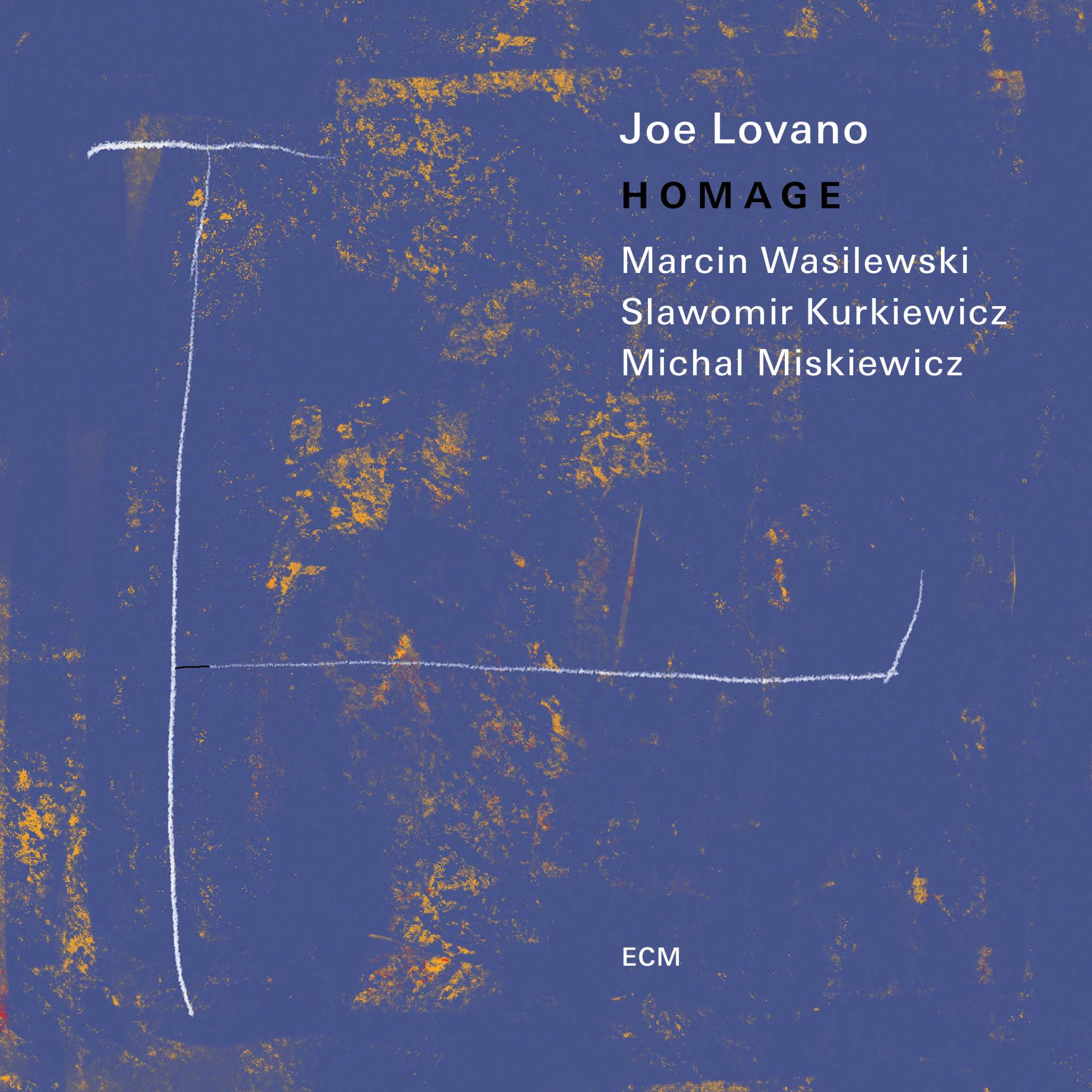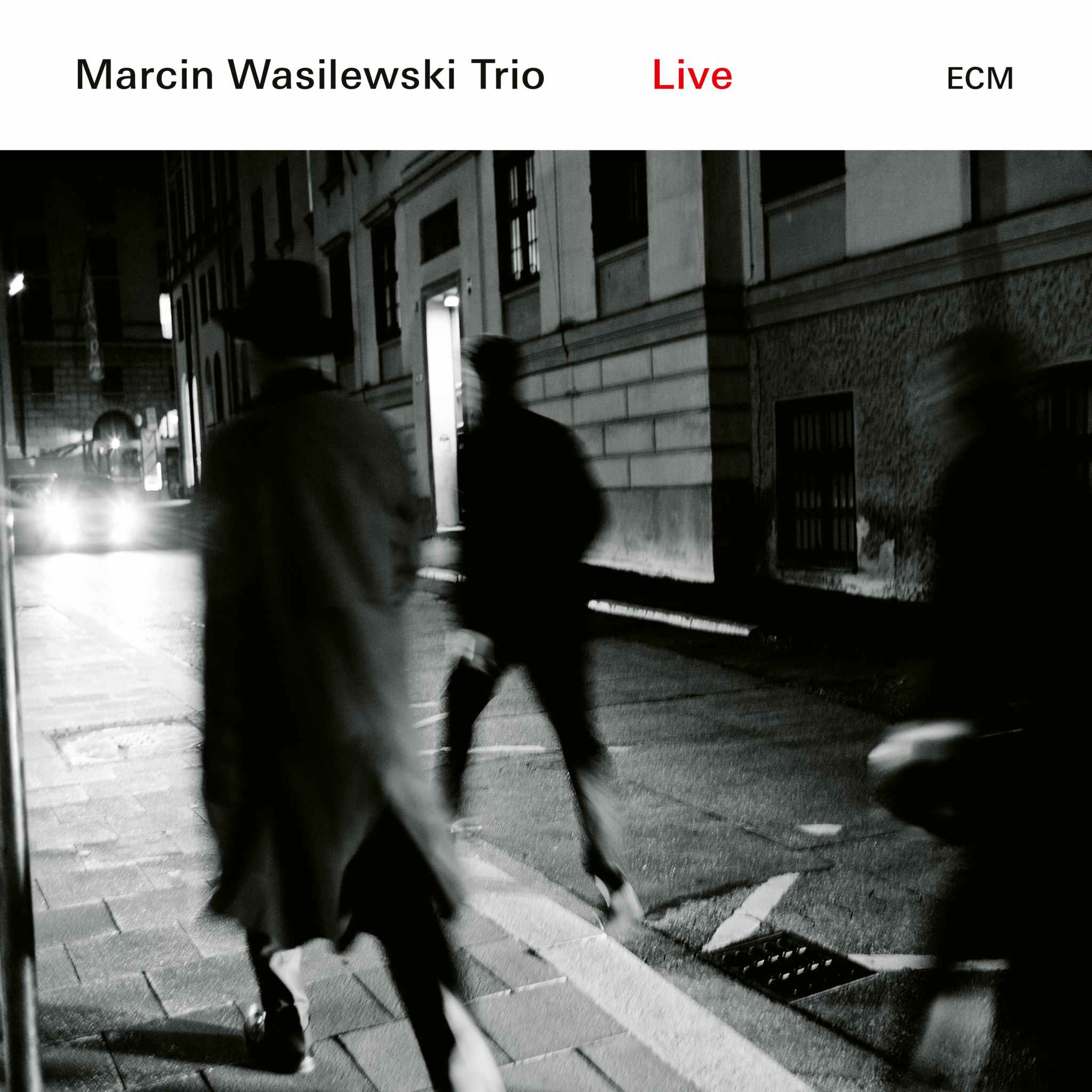Album insights
Die Klaviersonate Nr. 1 d-Moll op. 28 nimmt unter Rachmaninows Hauptwerken eine einsame Stellung ein und ist nur selten im Konzertsaal zu hören. Sie wurde zwischen 1907 und 1908 vom russischen Pianisten und Komponisten Sergei Rachmaninow komponiert und am 17. Oktober 1908 in Moskau von seinem Freund Konstantin Nikolajewitsch Igumnow uraufgeführt.
Dieses vergleichsweise umfangreiche Werk steht im Schatten der deutlich bekannteren zweiten Klaviersonate b-Moll op. 36. Bemerkenswert ist, dass die erste Sonate ein musikalisches Programm aufweist, das sich auf Goethes Faust-Tragödie bezieht. Neben der zweiten Sinfonie ist sie das zweite große Werk, das während Rachmaninows Dresdner Zeit entstand, wobei Skizzen bis ins Jahr 1906 zurückreichen.
Der Kampf zwischen Gut und Böse zieht sich durch das gesamte Werk und prägt dessen Charakter. Die musikalische Struktur weist auf eine tiefe Auseinandersetzung mit dem Faust-Thema hin, was die Sonate zu einem anspruchsvollen und vielschichtigen Werk macht.







